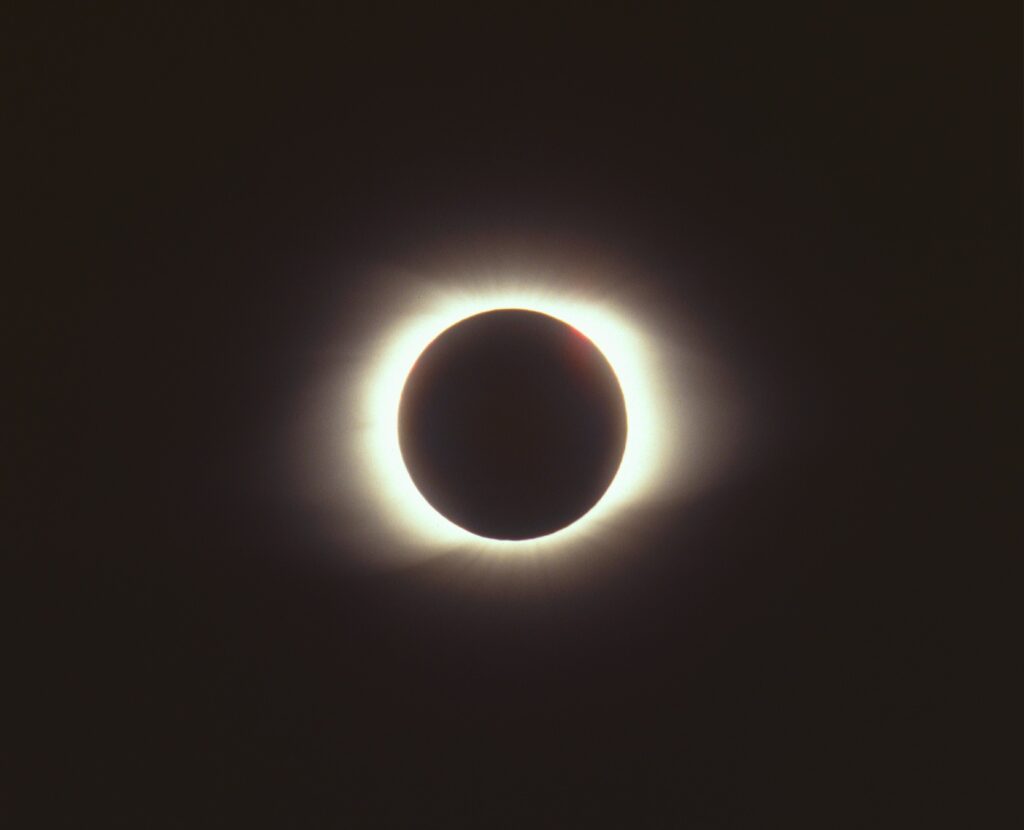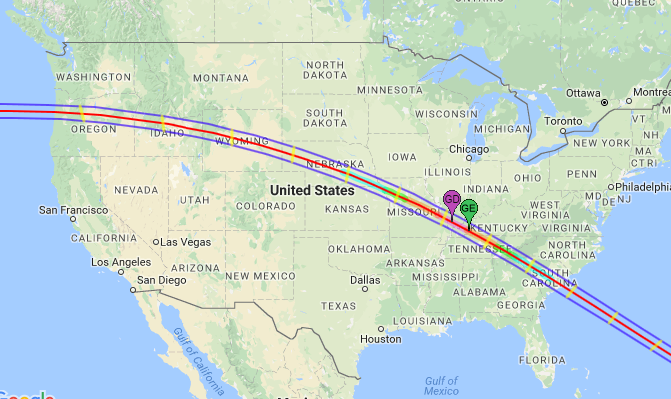
A solar eclipse is just around the corner for people in Oregon, Idaho, Wyoming, Nebraska, Kansas and Missouri. The eclipse will be visible all the way to the Atlantic Coast of the U.S. off of South Carolina and will be a total eclipse of the sun.
Weber State physics Professor Stacy Palen said that this is the first total solar eclipse visible in the continental U.S. since 1979.
The eclipse will take place on Aug. 21, 2017. According to Palen, the next total solar eclipse will not be visible in the U.S. until 2045.
“Do not miss it,” Palen said. “It’s absolutely worth traveling for, and there won’t be another total solar eclipse in this region for decades.”
Many eclipse enthusiasts have already made plans and hotel reservations to be in one of the locations for viewing.
According to information from Fred Espenak of NASA’s Goddard Space Flight Center, there will be 224 solar eclipses worldwide in the 21st century. Of those, 77 will be partial, where the moon does not totally cover the sun; 72 will be annular, where the moon covers the sun but leaves a ring of the sun exposed; 68 will be total; and 7 will be hybrids — somewhere between total and annular eclipses.
Cathy Christenson, a former student and graduate of WSU, along with her sister and a group of 30 eclipse enthusiasts, are planning to drive more than 200 miles to the small town of Saint Anthony, Idaho, to be near the center of the prime viewing area for this event.
Christenson says that she has not seen an eclipse for many years, but her sister went on a Caribbean cruise specifically to view an eclipse.

According to information from NASA, the longest duration in which the moon totally covered the sun, known as totality, was during the solar eclipse of July 22, 2009. This total solar eclipse had a maximum duration of 6 minutes and 39 seconds. The longest possible duration of a total solar eclipse is 7 minutes and 32 seconds. The longest annular solar eclipse of the 21st century took place on Jan. 15, 2010, with a duration of 11 minutes and 8 seconds.
The total eclipse of the sun that will occur in August will be an opportunity to view a phenomena of nature that has not happened in this country in the past 37 years and will not happen again for another nearly 30 years.
Those unable to travel to where the eclipse will be total, northern Utah will have a partial eclipse in the range of 85 to 90 percent total coverage of the sun. For those viewing any eclipse, it is standard to view the eclipse/sun with special lenses or glasses that are made specifically for that purpose.







